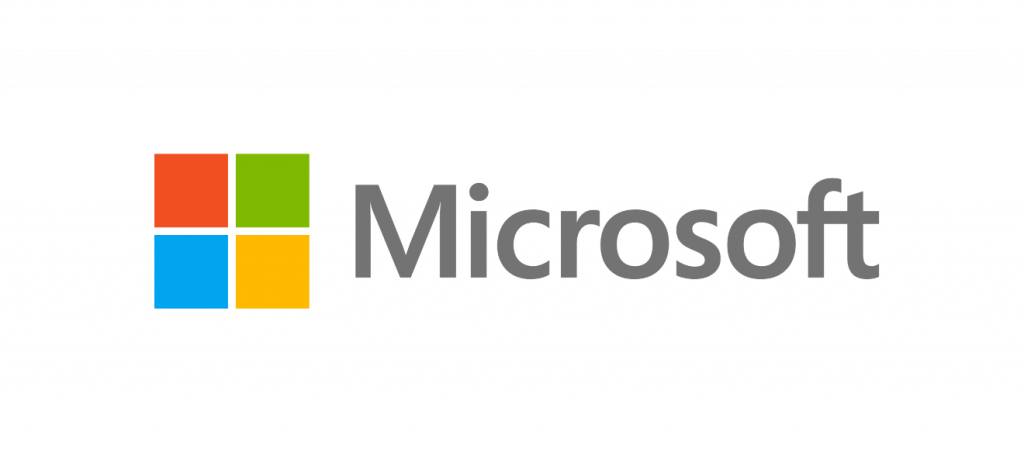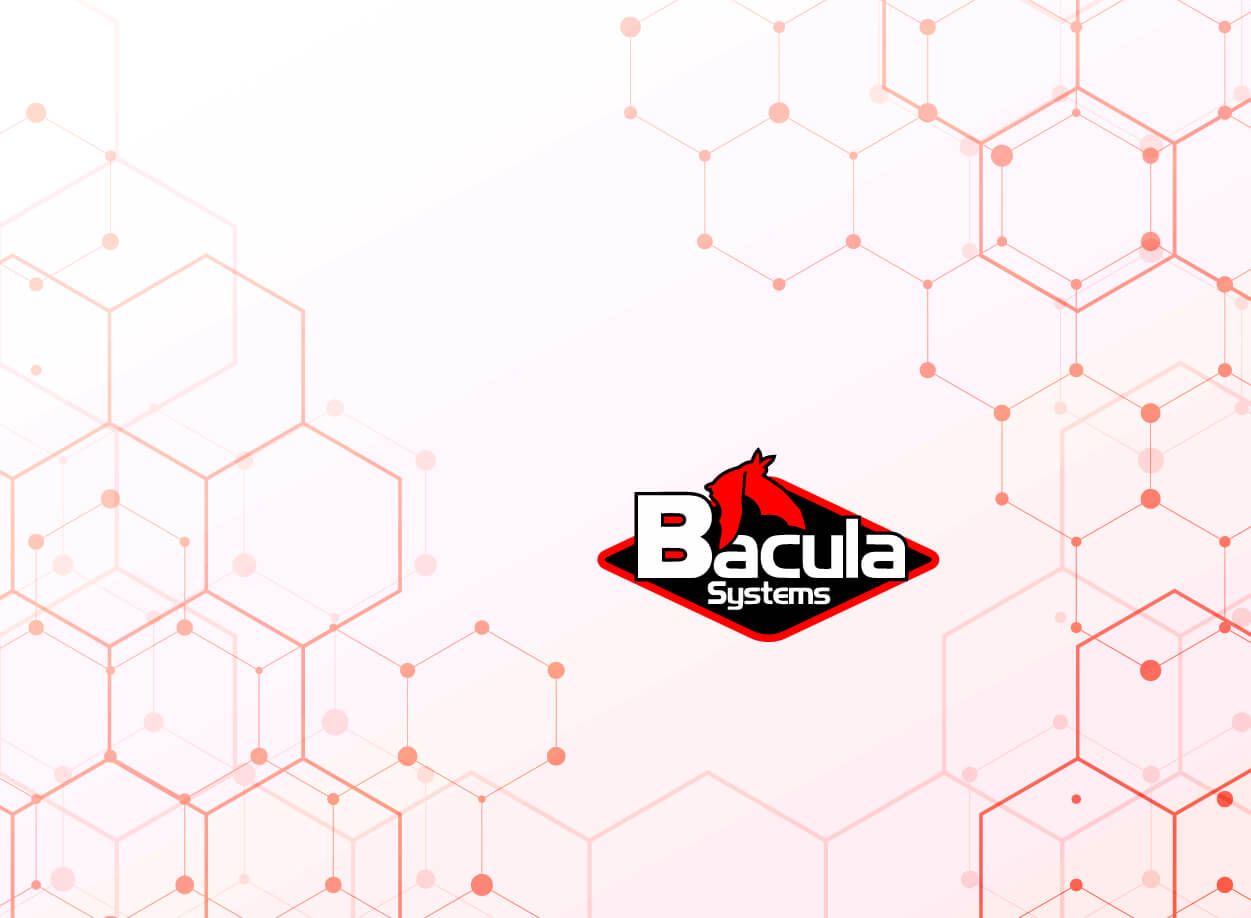VSS Backup. How to backup Microsoft Windows machines with Bacula Enterprise and VSS?
Bacula Enterprise is frequently perceived as a solution geared towards Linux. Nevertheless, in reality, Bacula Enterprise offers sophisticated tools for backing up Windows servers and workstations, along with advanced Windows applications and databases. Therefore, regardless of the variety of operating systems under your care, Bacula Enterprise can deliver comprehensive data backup and recovery services. Additionally, Bacula Enterprise enables cross-platform data recovery, Bare Metal recovery for Windows, and agentless backup for HyperV guests.

To ensure the proper backup of Microsoft Windows for most basic backups of filesystems and user data, it is necessary to use backup software that creates a shadow copy of the filesystem. This ensures that open files are backed up accurately and can be restored in a consistent state. The Volume Shadow Copy Service (VSS) is responsible for this task, allowing the backup of data and applications without interrupting ongoing writes. Bacula Enterprise has supported VSS for all Windows versions, starting from Windows XP and Server 2003.
Advanced backups of complex applications like MSSQL, Active Directory, HyperV, and others leverage the VSS system, but necessitate more intricate setups than a basic filesystem VSS backup. Bacula Enterprise integrates these extra functionalities in Windows through application-specific plugins. To view a demonstration of MSSQL server backup implementation, refer to our video at: https://www.youtube.com/watch?v=4jmsMfBHNr4
Fortunately, setting up a basic Windows fileset with VSS backup capabilities using Bacula Enterprise is a very simple process. The File Daemon efficiently manages all the intricacies associated with shadow copy management.
Using the BCenter “Add source” feature simplifies the procedure significantly, enabling the creation of a fileset that effectively backs up all files on a Windows server or workstation by utilizing VSS. Moreover, it also facilitates the customization of filesets to include or exclude particular files, directories, and volumes, providing a more tailored backup solution.
The actual configuration file will resemble the following format:
Name = “Windows Example”
Enable VSS = Yes #optional, on by default
Include {
Options {
IgnoreCase = yes
OneFs = no
Signature = Md5
}
File = “/”
}
Exclude {
File = “[A-Z]:/pagefile.sys”
File = “[A-Z]:/RECYCLER”
File = “[A-Z]:/WINNT/Temp”
}
}
The Bacula Enterprise Windows File Daemon has the capability to automatically identify mounted drives. The fileset mentioned above will then proceed to back up all the files located on these mounted drives, utilizing VSS for the backup snapshot. While the VSS line is not mandatory, it is advisable to include it explicitly to avoid any confusion when reviewing the fileset in the future. For automated fileset deployment, it is safe to include ‘Enable VSS = yes’ in every fileset, even though non-Windows File Daemons will simply disregard it. Additionally, the Windows File Daemon now has the ability to handle multiple concurrent jobs from a single VSS snapshot, which can lead to improved backup throughput to various storage destinations from a well-equipped Windows file server.
So while it’s true that Bacula Enterprise’s core components run primarily on Linux servers, it is important to note that Windows servers, workstations, filesystems, and advanced applications can be fully backed up and recovered with the use of the Windows File Daemon and Enterprise plugins. Please contact Bacula Systems with any questions at baculasystems.com/contactus

ContentsUnderstanding ReiserFS and Its ImportanceWhat is ReiserFS?Why is ReiserFS Used for File Systems?What Makes ReiserFS Different from Other File Systems?Is ReiserFS Obsolete and Should You Migrate?Why Backups Are Critical for ReiserFS?First Response: Before Backup or RepairWhat Steps Should You Take Immediately After Detecting an Issue?How Do You Prevent Further Filesystem Damage?Which Tools Can Safely Analyze…

ContentsIntroduction to Gluster StorageWhat is Gluster Storage?What is GlusterFS Geo-Replication for Backup?Why Use Gluster for Storage Solutions?Key Features Of GlusterFS Relevant To Backup And RecoveryUnderstanding GlusterFS SnapshotsWhat are Volume Snapshots in Gluster Storage?How Snapshots Work Internally?What are the Benefits of Using Volume Snapshots?When Should You Use Snapshots?Configuring Snapshots In GlusterFSPrerequisites For Enabling SnapshotsSteps To Create…

ContentsA Full-Scale Backup Platform Built for Diverse and Evolving EnvironmentsSecurity as a Core Architectural PrincipleAlignment with the NIST Cybersecurity FrameworkAutomation, Deduplication, and Enterprise Backup WorkflowsConclusion Independent industry analysts from Info-Tech Research Group, a globally respected advisory firm, have released a new in-depth Tech Note evaluating Bacula Enterprise. Their findings reinforce what mission-critical organizations have known…


